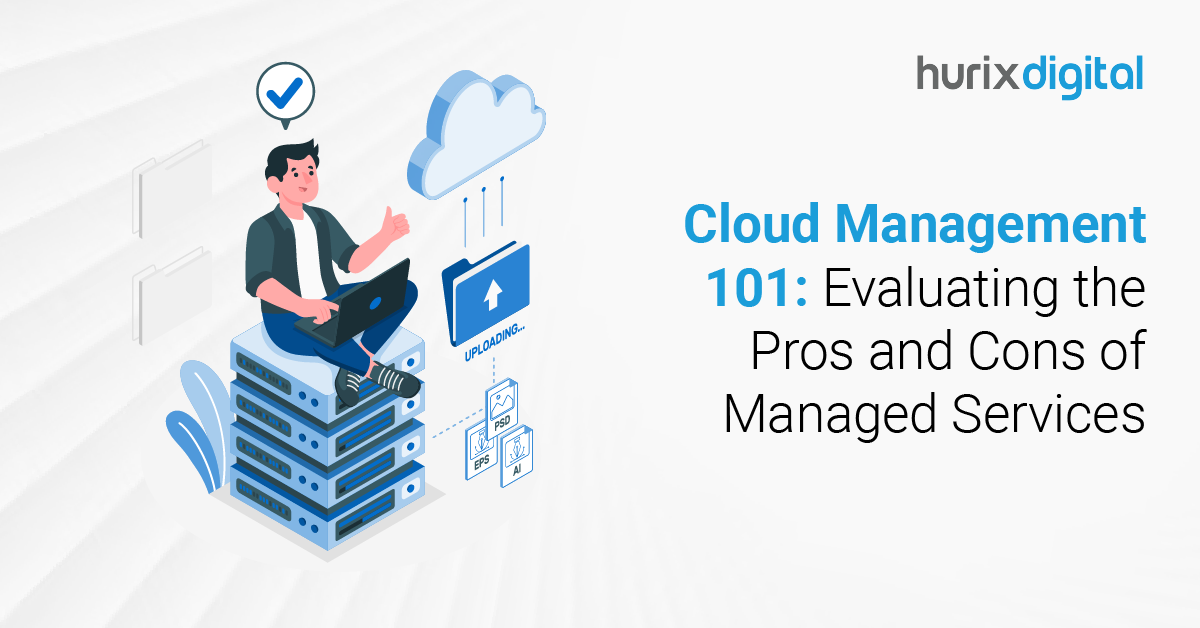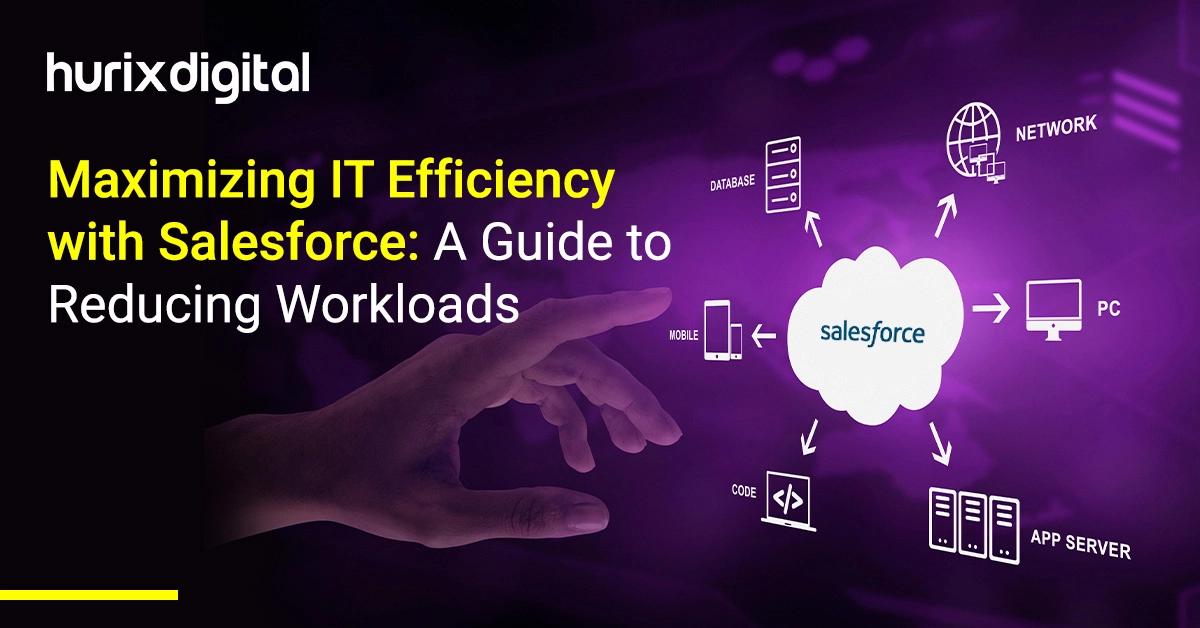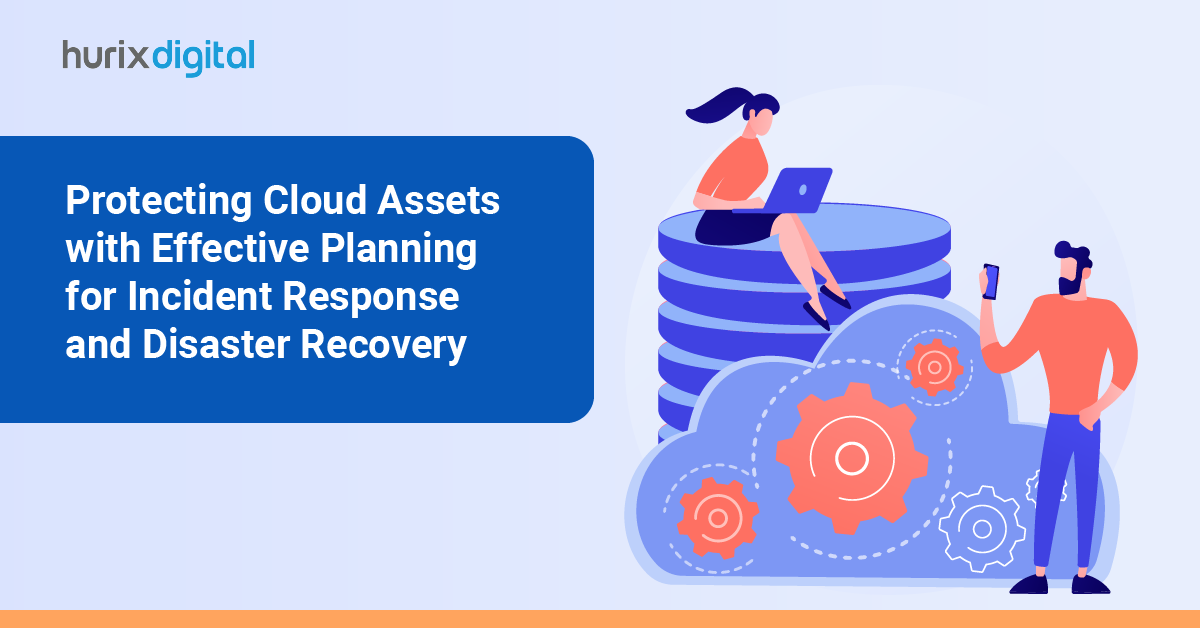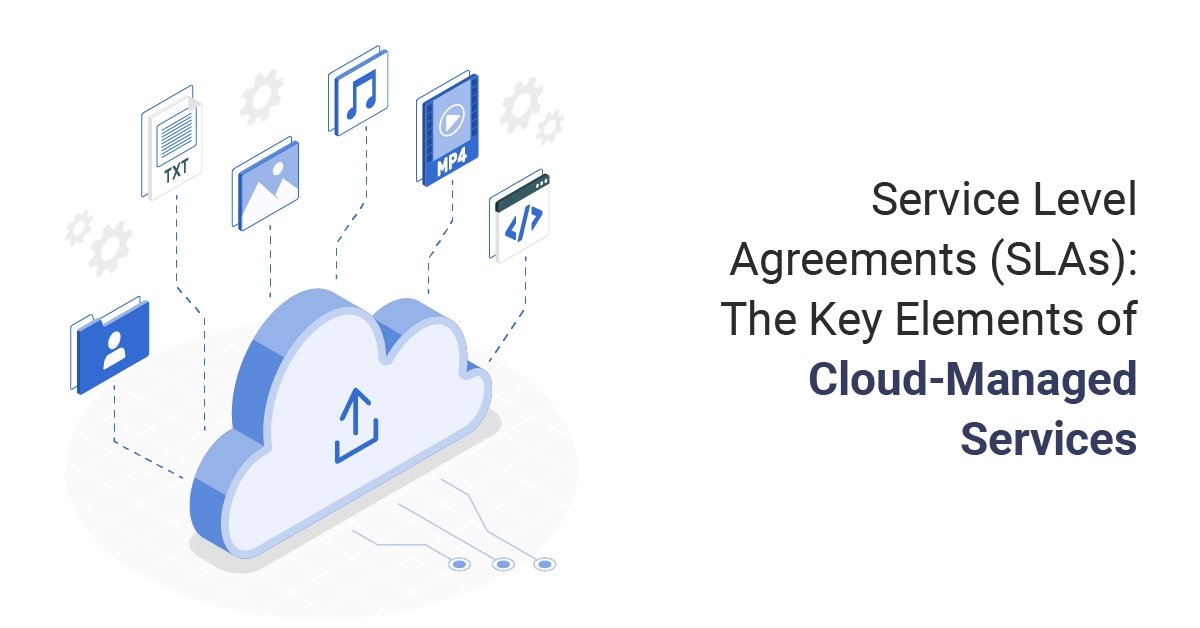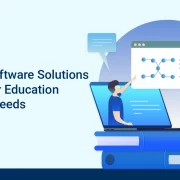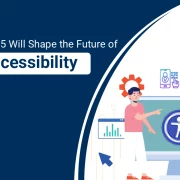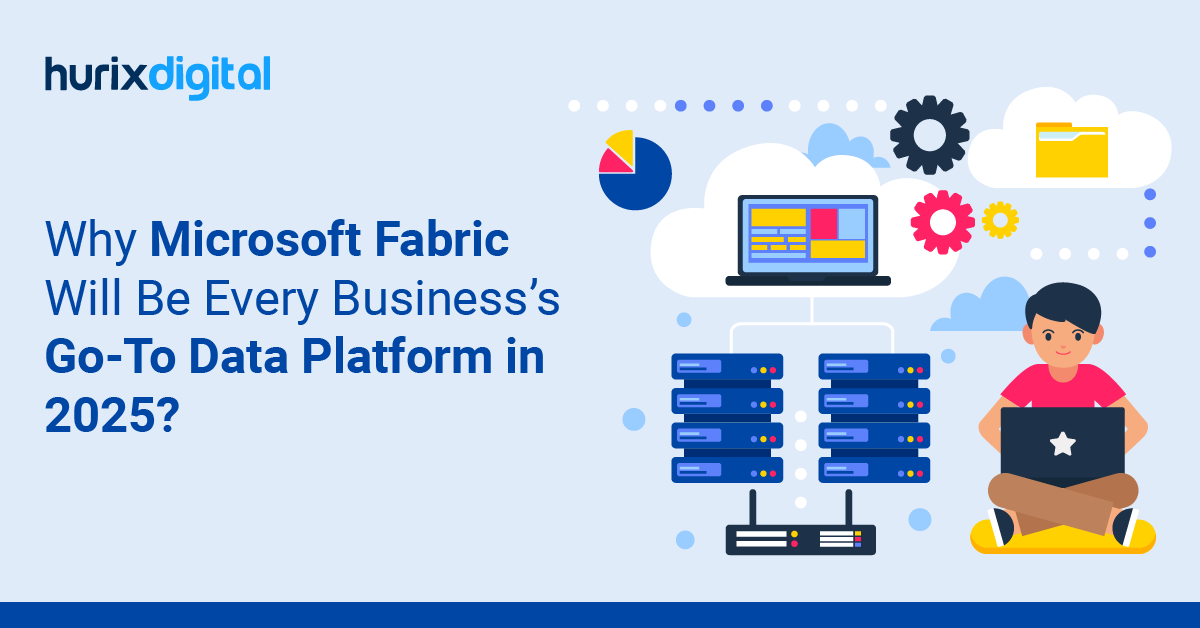
Why Microsoft Fabric Will Be Every Business’s Go-To Data Platform in 2025?
Summary
This blog explores Microsoft Fabric, an all-in-one data platform for 2025. It discusses its components, adoption timing, functionality, impact across industries, and why it’s considered the future of data platforms.
In 2025, businesses are embracing a data-driven future, and Microsoft Fabric stands out as the ultimate all-in-one data platform. But what exactly is it? Microsoft Fabric is a unified data platform designed to help organizations store, analyze, and visualize their data seamlessly. Unlike traditional platforms, Fabric integrates tools for AI in Data Analysis, Machine Learning Models, and advanced analytics into a single, user-friendly system. Think of it as your one-stop solution to understand the power of your data.
Fabric doesn’t just focus on data management. It also empowers companies to unlock insights by leveraging Machine Learning Tools and AI Algorithms that provide actionable insights. Whether you’re a small business or a large enterprise, Microsoft Fabric simplifies complex data processes and drives smarter decisions. Below is Microsoft Fabric’s Unification with the SaaS platform.
Table of Contents:
- Components of Microsoft Fabric
- When Should Businesses Adopt Microsoft Fabric?
- How Does Microsoft Fabric Work?
- Where Can Microsoft Fabric Make an Impact?
- Why is Microsoft Fabric the Future of Data Platforms?
- Conclusion
Components of Microsoft Fabric
- Power BI: It is a user-friendly tool for connecting, visualizing, and sharing data, empowering business users to make informed decisions efficiently and quickly.
- Databases: Developer-friendly operational databases, such as Azure SQL Database, with mirroring capabilities to unify data across systems into One Lake
- Data Factory: It is a modern data integration solution with over 200 + connectors for ingesting, preparing, and transforming data from on-premises and cloud sources with a low/no code feature.
- Real-Time Intelligence: A solution for streaming data, event-driven scenarios, and real-time actions, with no-code connectors and integrated AI capabilities.
- Data Engineering: A Spark-based platform for collecting, processing, and analyzing large datasets, with seamless integration with Data Factory for orchestration.
- Fabric Data Science: Tools for building, deploying, and operationalizing machine learning models with Azure Machine Learning integration for predictive analytics.
- Fabric Data Warehouse: High-performance, scalable SQL-based data warehousing, leveraging the Delta Lake format for independent compute and storage scaling.
When Should Businesses Adopt Microsoft Fabric?
The time to act is now! As we enter 2025, data analytics is changing faster than ever. Companies that wait too long to use modern tools risk falling behind their competitors, who are already using advanced analytics to predict what customers need and spot upcoming market trends.
Microsoft Fabric helps businesses stay ahead by offering powerful tools, including:
- Predicting future outcomes using AI Algorithms and Predictive Analytics.
- Reducing data silos and creating a unified data ecosystem.
- Deploying Machine Learning Models to improve operations and customer experiences.
Whether your goal is to improve customer insights, optimize supply chains, or drive innovation. Microsoft Fabric is the platform to achieve this goal. Businesses that adopt early and work with the technology trend will be better prepared for the data demands of the future.
How Does Microsoft Fabric Work?
The platform’s magic lies in its ability to unify data workflows. Here’s how it works:
- Data Integration: Fabric connects to multiple data sources, like databases, cloud storage, and real-time streaming platforms. It ensures your data is always accessible and up-to-date.
- AI-Powered Insights: The platform uses cutting-edge AI in Data Analysis to identify trends, patterns, and outliers in your data. These insights help businesses make data-driven decisions.
- Machine Learning Tools: Fabric includes tools to build, train, and deploy Machine Learning Models with ease. Even teams with limited technical expertise can leverage AI to solve complex problems.
- Data Visualization: With built-in dashboards and reporting tools, Microsoft Fabric makes it simple to share insights across teams and stakeholders.
By integrating these functionalities, Fabric eliminates the need for multiple platforms and enables businesses to work smarter, not harder.
Where Can Microsoft Fabric Make an Impact?
This solution isn’t limited to one industry or business size. Its versatility allows it to create value across multiple domains:
- Retail: Fabric will help in Retail industry by predicting what their customers are likely to buy using AI and Predictive analytics. It will help in smarter inventory management, so that popular items are always available for customers, and also enable highly personalized marketing campaigns to reach the customers with the right offers.
- Healthcare: Fabric can predict patient outcomes and recommend optimized treatment plans after analyzing health records with machine learning. This improves patient care and early treatments, also helps healthcare providers to make better decisions, and improves the efficiency of healthcare delivery.
- Finance: With the help of advanced Data analytics tools we can detect fraud activities, manage risks effectively, and also help in managing financial operations like reporting and compliance. It helps financial institutions to operate securely and efficiently.
- Manufacturing: With real-time insights, manufacturers can monitor how well their production lines are performing, they can easily identify and reduce downtime, and also optimize supply chain processes to save time and reduce costs.
Wherever data plays a role, Microsoft Fabric plays a very important role by transforming raw information into actionable intelligence.
Why is Microsoft Fabric the Future of Data Platforms?
The Future of Data Analytics demands platforms that are scalable, secure, and user-friendly. Microsoft Fabric checks all the boxes:
- End-to-End Solution: Fabric combines data integration, analytics, and visualization in one platform, and it reduces the complexity and costs.
- AI-Powered Capabilities: Integrating AI in Data Analysis and Machine Learning tools, it helps businesses to compete with the innovative curve of the Market.
- Scalability: Whether you’re a small startup or a Big company, Fabric’s cloud-based infrastructure works as per your needs. It scales in and out based on the requirement.
- Security and Compliance: Microsoft’s robust security measures ensure your data is protected while meeting regulatory requirements.
As increasing businesses rely on data to guide their strategies, Microsoft Fabric has become the preferred choice for every organization worldwide, especially those who want innovative growth in the age of AI.
Conclusion
Microsoft Fabric is more than just a data platform, it’s a game-changer for businesses in the year 2025. Integration with AI Algorithms Predictive Analytics, and Machine Learning Tools, will allow organizations to unlock their full potential. Whether you’re looking to optimize operations, drive innovation, or improve customer experiences, Microsoft Fabric is the key to growth in a data-driven world.
Are you ready to embrace the future of data? Start your journey with Microsoft Fabric today with Hurix Digital!

DB Consultant – Cloud Services
Saloni is an experienced DB Consultant with strong knowledge of SQL and NoSQL DBs. She is a Certified Microsoft professional for performing complex Database migration tasks and other requirements of clients from different geographical areas. Whenever she is assigned to a task for a technology she is not aware of, she performs it like an experienced professional with her self-learning skills.
